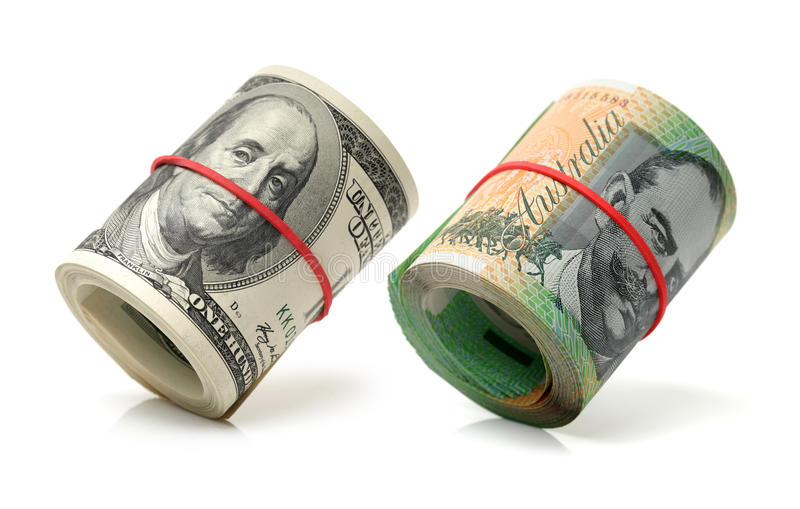Australian dollar remains stable after retail sales showed no growth in July.
Australian Dollar (AUD) stays stable against the stable US Dollar (USD) following Friday’s Retail Sales report, which showed no month-on-month rise in July, falling short of the expected 0.3% and prior 0.5% increase. However, stronger-than-expected US GDP data for the second quarter, revealed on Thursday, has weighed on the AUDUSD pair.
Australia’s retail sales stalled month over month, despite expectations of a 0.3% growth.
The AUDUSD pair may experience further gains as July’s higher-than-expected Monthly The Consumer Price Index (CPI) has boosted hopes that the Reserve Bank of Australia (RBA) will adopt a more hawkish policy stance. According to recent RBA minutes, board members agreed that a rate drop was unlikely to occur anytime soon.
The US dollar strengthened after stronger-than-expected US GDP results for the second quarter.
The US Dollar received support from better-than-expected economic data, but dovish comments from Federal Reserve officials may restrict its gains. According to Reuters, Atlanta Fed President Raphael Bostic stated Thursday that it may be “time to move” on rate cuts as inflation continues to fall and the jobless rate climbs faster than expected.
According to the CME FedWatch Tool, markets fully expect the Fed to decrease interest rates by at least 25 basis points (bps) at its meeting in September. Investors will pay particular attention to Friday’s release. Analyzing the US Personal Consumption Expenditure (PCE) Price Index for July, looking for signals concerning the future path of US interest rates.
Daily Market Movers: Australian Dollar Edges Higher Following Retail Sales Data.
The US GDP increased at an annualized rate of 3.0% in the second quarter, above both the predicted and prior growth rate of 2.8%. Furthermore, Initial Jobless Claims data revealed that the number of people filing for unemployment benefits declined to 231,000 for the week ending August 23, down from the previous 233,000 and somewhat lower than the projected 232,000.
US Core Personal Consumption Expenditures (QoQ), the Federal Reserve’s preferred measure of underlying inflation, rose 2.8% in the second quarter, slightly lower than the market forecast of 2.9%. This commemorates the A considerable slowdown from the 3.7% growth seen in the first quarter.
Australia’s Private Capital Expenditure unexpectedly fell by 2.2% in the second quarter, reversing a previously corrected 1.9% rise and falling short of market forecasts for a 1.0% increase. This is the first reduction in new capital expenditures since the third quarter of 2023.
Australia’s Monthly Consumer Price Index (CPI) rose by 3.5% year on year in July, down from 3.8% in June but slightly higher than the market forecast of 3.4%. Despite the small reduction, this is the lowest CPI since March.
Federal Reserve President Mary Daly remarked on Monday in an interview with Bloomberg TV.
San Francisco Federal Reserve President Mary Daly remarked on Monday in an interview with Bloomberg TV that “the time is upon us” to begin decreasing interest rates, most likely starting with A 1⁄4 percentage point decline. Daly proposed that if inflation progressively slows and the labor market maintains a “steady, sustainable” rate of job growth, it would be appropriate to “adjust policy at the regular, normal cadence.”
According to the FOMC minutes from July’s policy meeting, most Fed members agreed last month that they would likely lower their benchmark interest rate at the September meeting as long as inflation remained low.
According to the RBA Minutes released on Tuesday, board members contemplated raising interest rates earlier this month before deciding that maintaining current rates would best balance risks. Additionally, RBA members agreed that a rate drop is unlikely in the near future.









